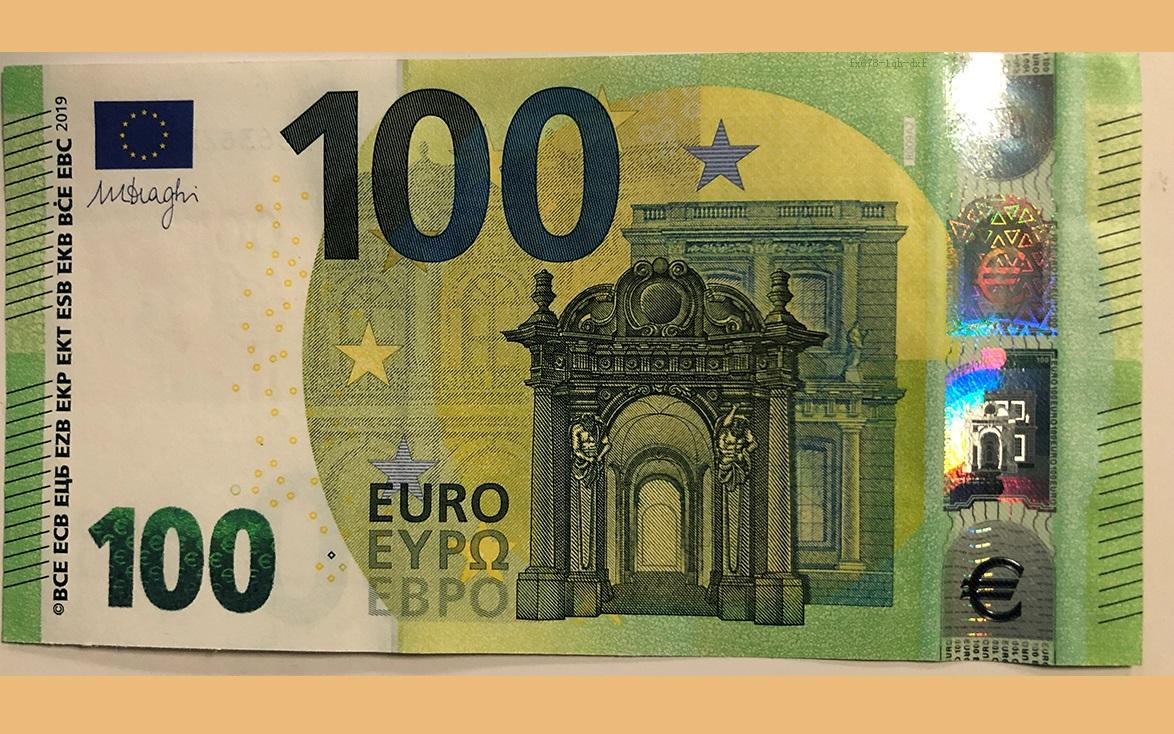Countdown to the Fed’s “hawk vs. dove showdown”: When will the euro’s decline bottom out?
2025-07-30 22:54:22

The US-EU trade agreement cannot hide the euro's decline
The US-EU trade agreement has finally been reached. The Trump administration agreed to reduce tariffs on EU goods from the threatened 30% to 15%. In exchange, the EU pledged to open up hundreds of billions of dollars in energy and defense procurement to the US. This news initially pushed the euro to 1.1770 against the US dollar, but market optimism lasted only a few hours before quickly reversing. The euro plummeted over 120 points in New York trading, exposing the asymmetry in capital flows behind the agreement: US companies' competitive advantages in the energy and defense sectors will directly benefit, while the EU will only gain the lifting of tariff threats. This structural imbalance, coupled with recent strong US retail sales and manufacturing PMI data, quickly led to the US dollar index regaining upward momentum, and euro bulls suffered a classic "buy expectations, sell the facts" market reversal.
The Fed's decision affects the foreign exchange market
While the Fed is widely expected to keep interest rates unchanged at this meeting, forex traders are closely watching for more crucial policy signals. Powell faces one of the most complex challenges in recent years: grappling with stubborn core PCE inflation, balancing recent weak employment and consumption data, and considering political pressure. Analysts believe that if he emphasizes that the "battle against inflation is not over" and downplays expectations of a rate cut, the US dollar could find renewed buying support, pushing the euro/dollar pair towards the key support level of 1.14. Conversely, any reference to "policy flexibility" or downside risks could be interpreted as a dovish shift, providing the euro with a window to rebound to 1.17. Notably, the market was already positioning ahead of the decision announcement, with net long positions in US dollar index futures increasing to an 18-month high, indicating traders were wary of a hawkish outcome.
Eurozone fundamentals are clouded
While global attention is focused on the Federal Reserve, the Eurozone's own economic woes cannot be ignored. Eurozone inflation data, due on Friday, is expected to fall back to 1.9%, the second time this year that it has fallen below the ECB's 2% target. More worryingly, industrial production in Germany, the engine of the economy, has contracted for three consecutive months, Italy's debt risk indicator has risen to its highest level since 2022, and Spain's services PMI has fallen below the boom-bust line. Even though the ECB paused its interest rate cuts at its July meeting, weak economic data continues to weigh on the euro. Analysts point out that unless inflation data unexpectedly rebounds above 2.1% this week, market expectations for a September ECB rate cut will intensify, and the euro may continue its current downward trend against the dollar. Money market pricing suggests that traders are betting on an additional 25 basis points of room for the ECB to cut interest rates this year.
Non-farm payroll data may become a catalyst for the market
This Friday's US non-farm payroll report will be the ultimate determinant of exchange rate trends. Market expectations are that job creation will slow to 108,000 from 147,000 in June, with the unemployment rate remaining at a low 3.6%. A reading below 100,000 could reinforce expectations of a Fed policy shift and lead to the unwinding of long dollar positions. However, a strong reading and wage growth above 4% would reinforce expectations of "higher rates for longer." Thursday's core PCE price index is also crucial. If it fails to continue the 2.6% slowdown seen in May, it could trigger a re-pricing of rate hike odds. Historically, over the past 12 months, the EUR/USD exchange rate has fluctuated an average of 98 pips on the day of non-farm payroll data releases. At this technically sensitive level, a breakout is possible.
Technical indicators suggest that downside risks are increasing
From a technical perspective, analysts believe the recent EUR/USD trend is showing typical signs of technical weakness. The rising wedge formed in mid-July has completed a bearish reversal near 1.1790, with the daily chart losing support at both the 50-day and 200-day moving averages. Momentum indicators show continued pressure on the RSI after falling below 40, while the MACD histogram has extended below zero, indicating a dominant bearish trend. Analysts suggest that if the exchange rate successfully breaks below the psychological level of 1.14, further support could be found at the November 2022 low of 1.1298. To the upside, a rebound would first require a break above the Fibonacci retracement level of 1.1620, while multiple technical resistance levels exist in the 1.1790-1.1800 range. Options market data indicates a surge in demand for put options below 1.1450, reflecting increasing traders' concerns about a potential breakout.
- Risk Warning and Disclaimer
- The market involves risk, and trading may not be suitable for all investors. This article is for reference only and does not constitute personal investment advice, nor does it take into account certain users’ specific investment objectives, financial situation, or other needs. Any investment decisions made based on this information are at your own risk.





















